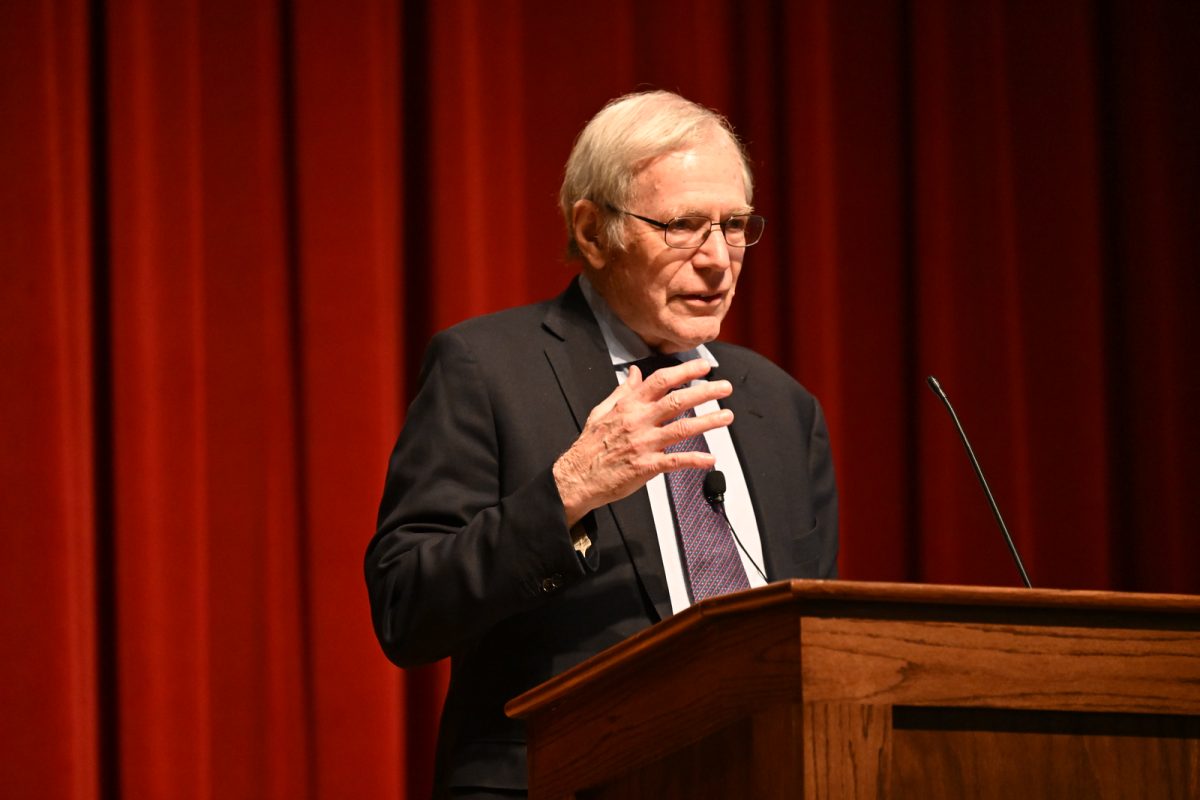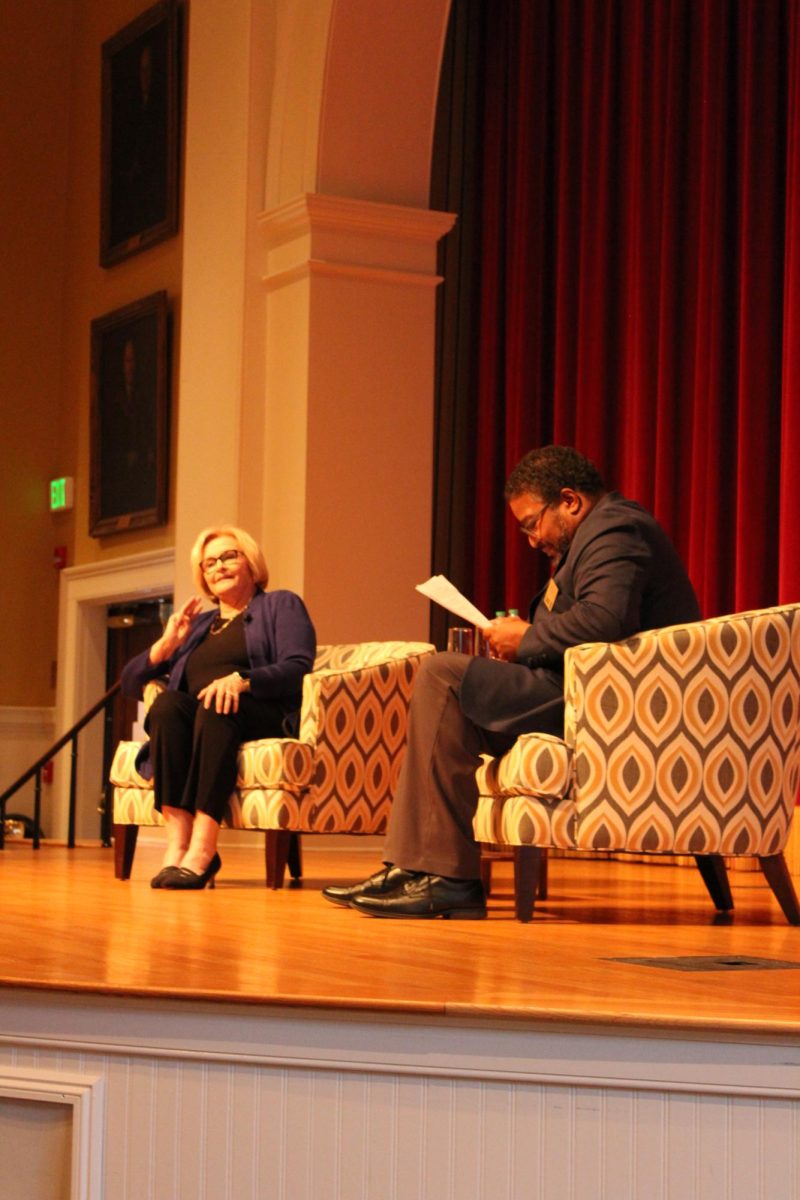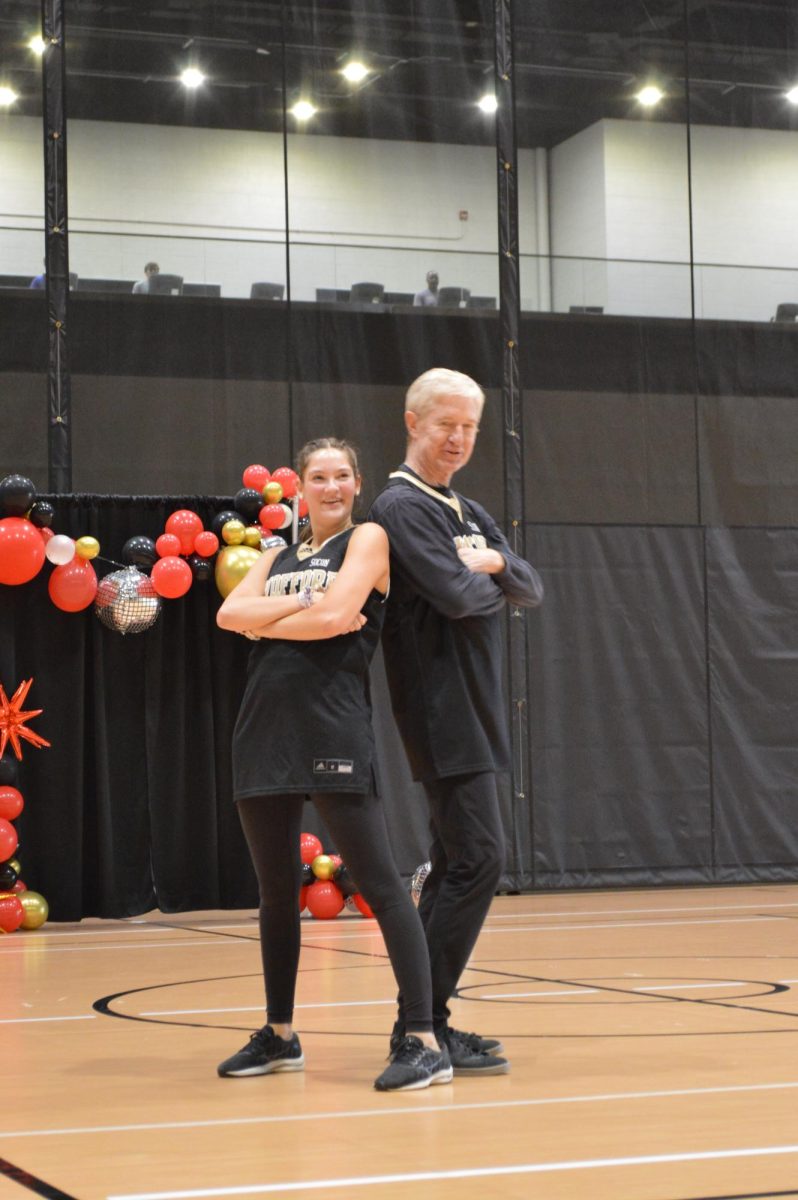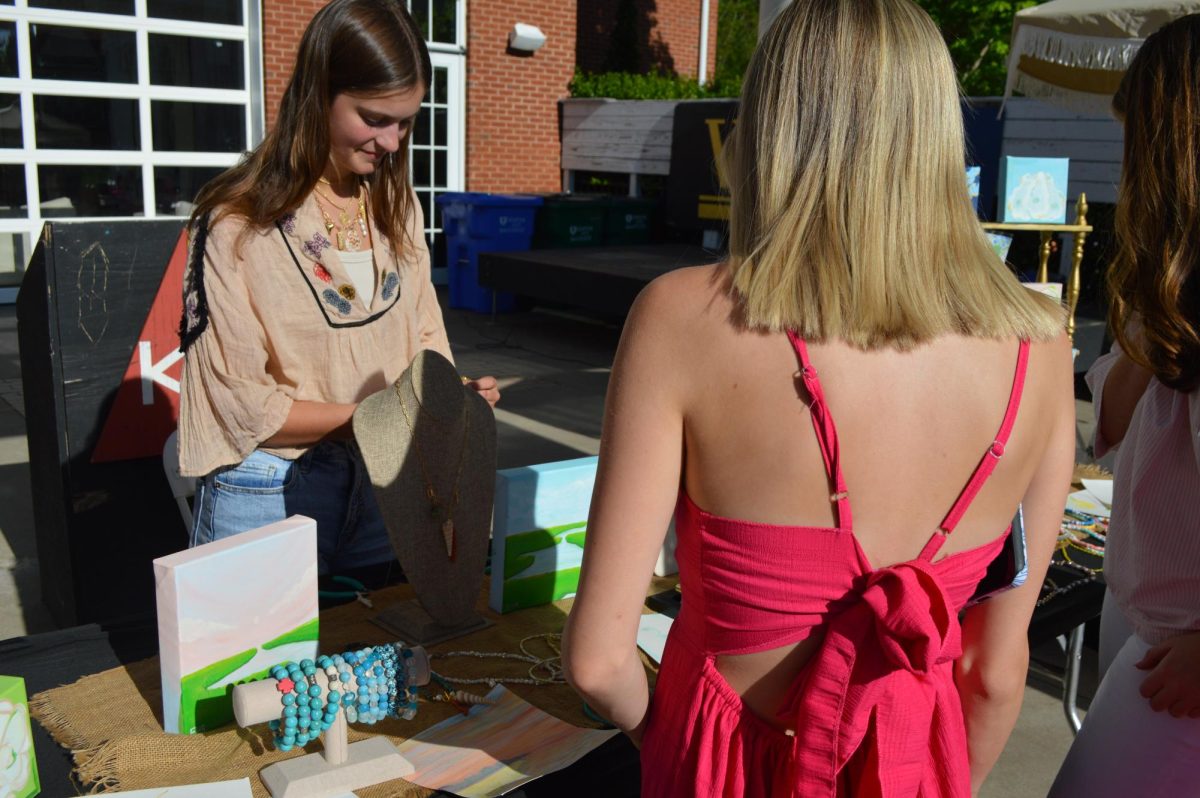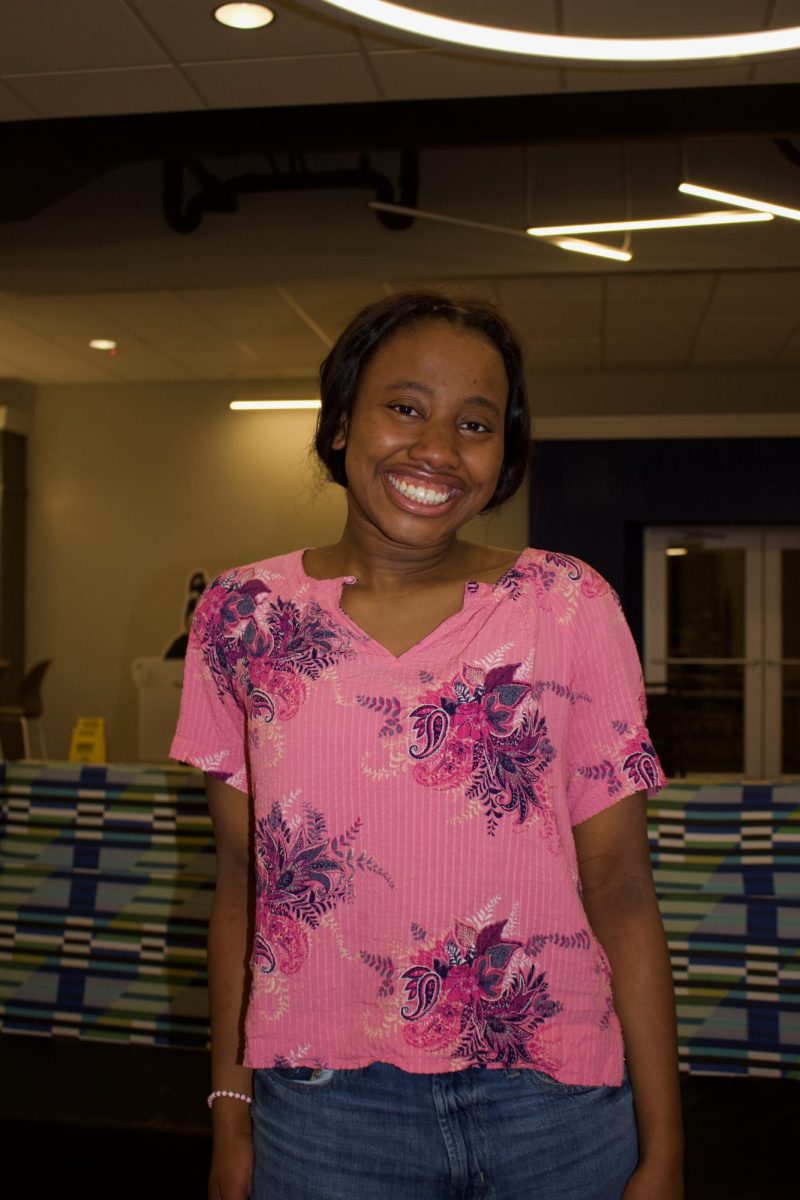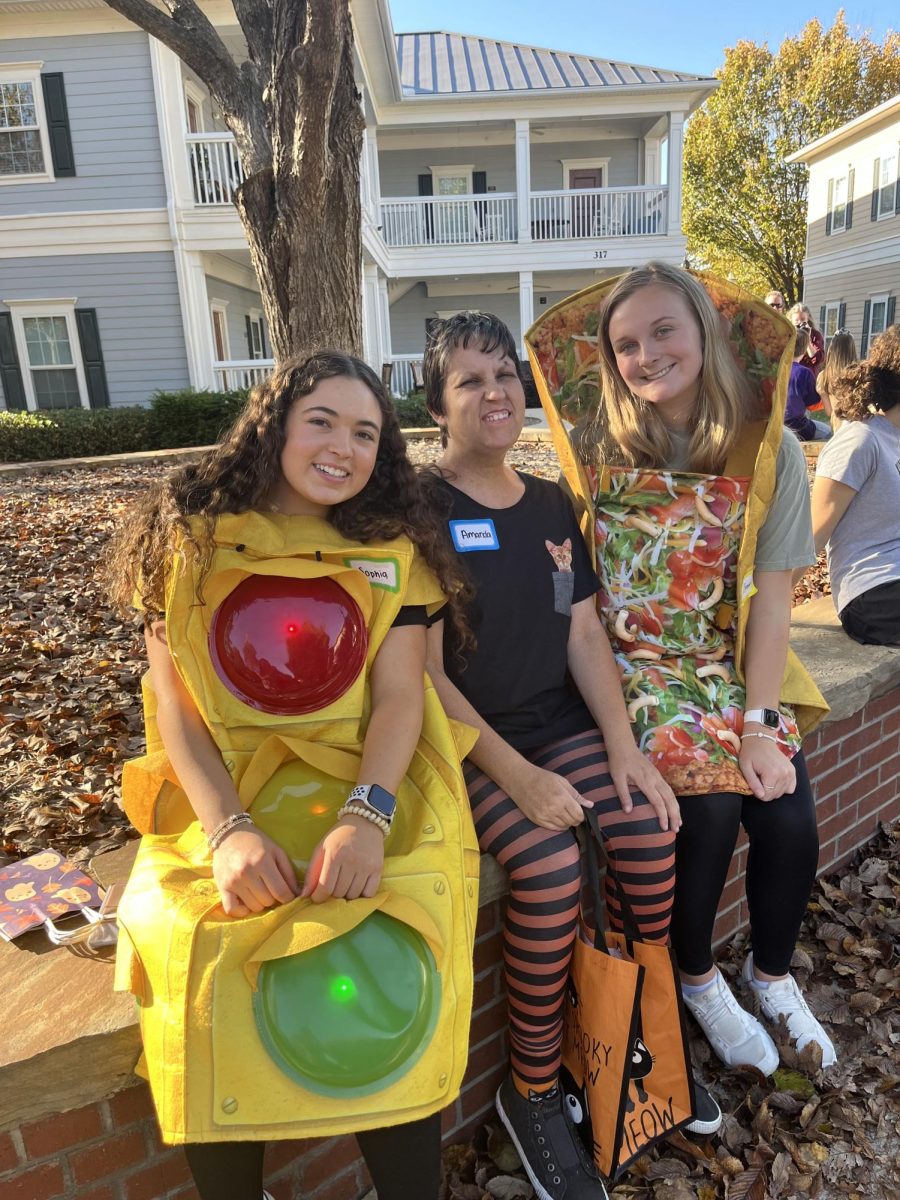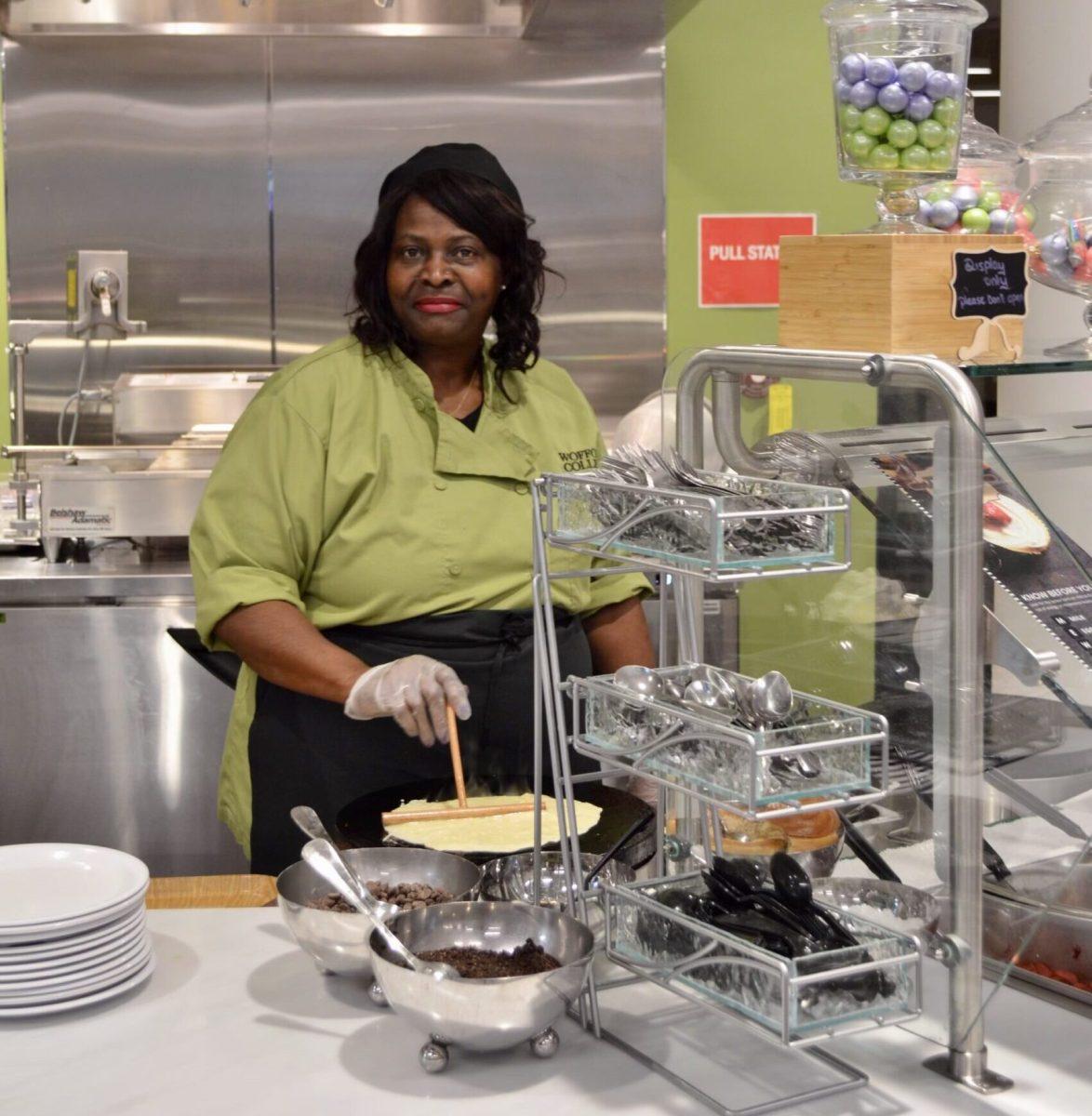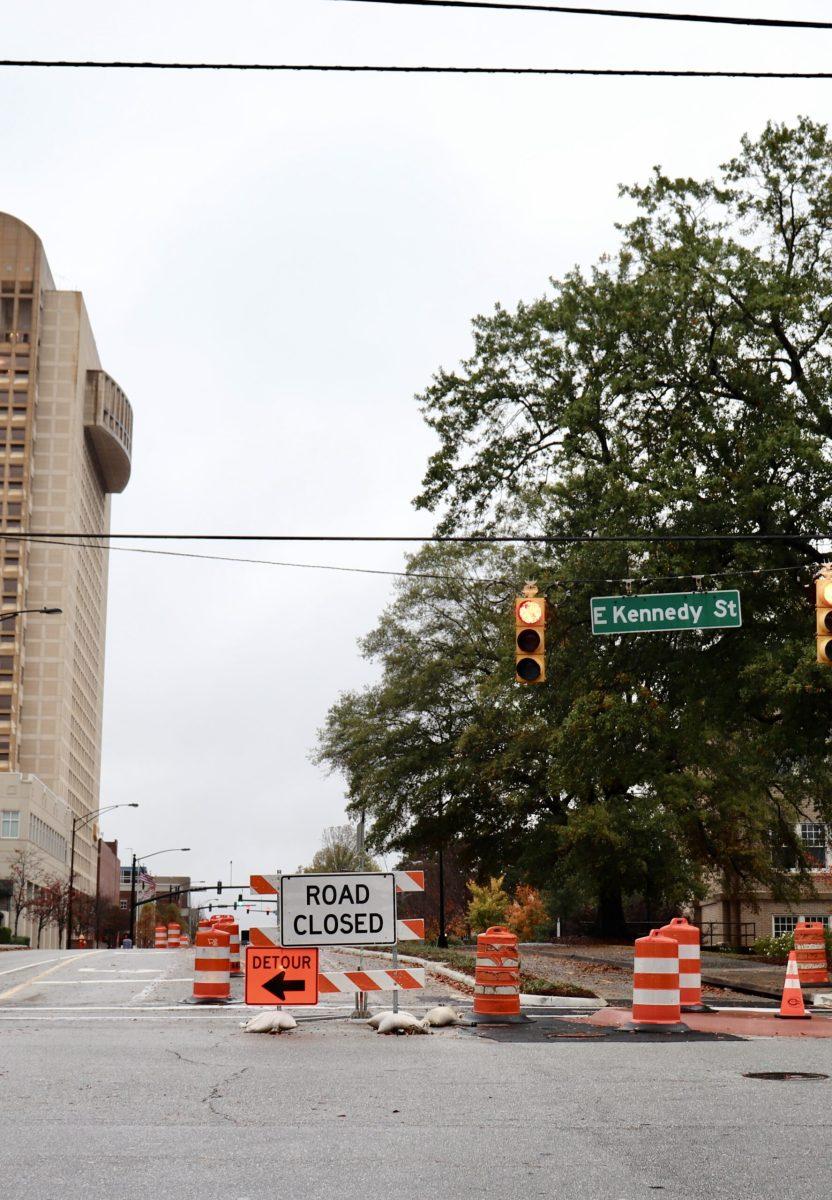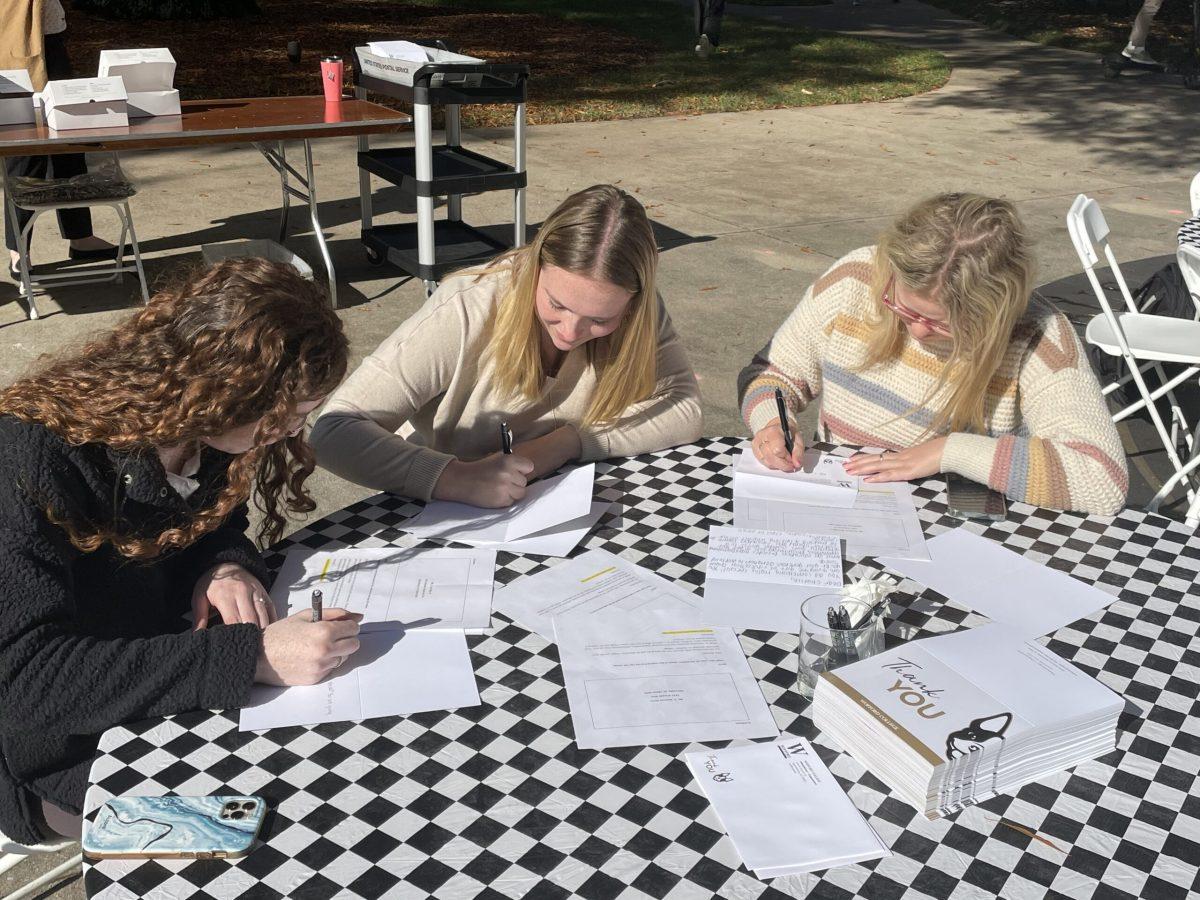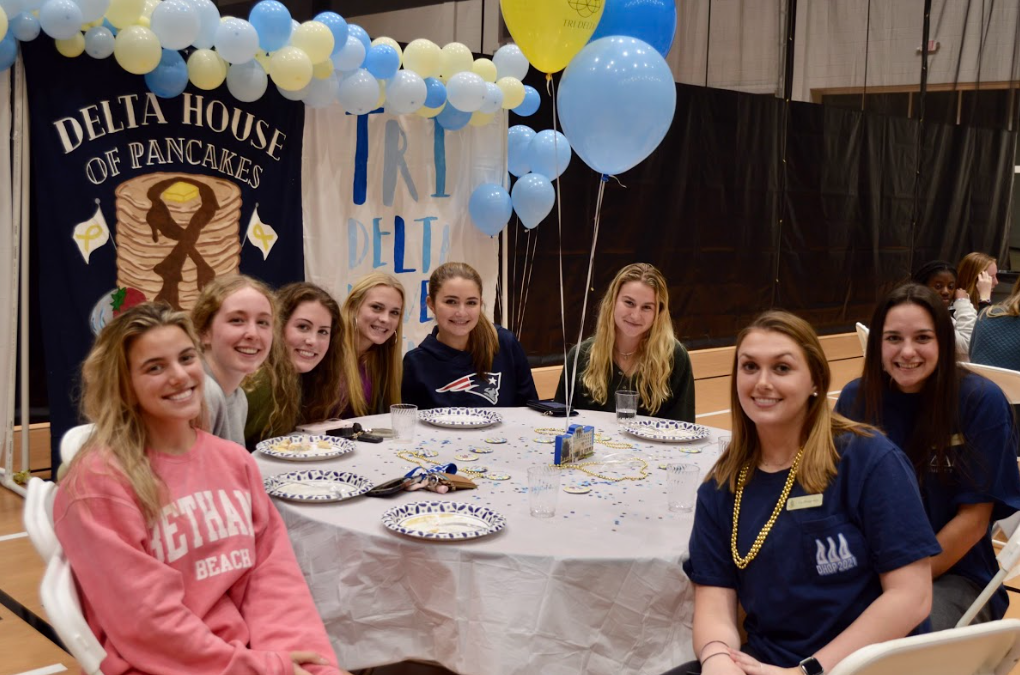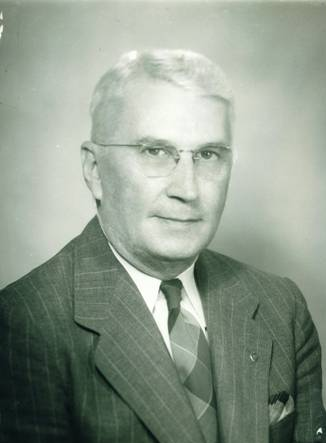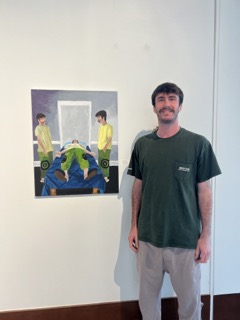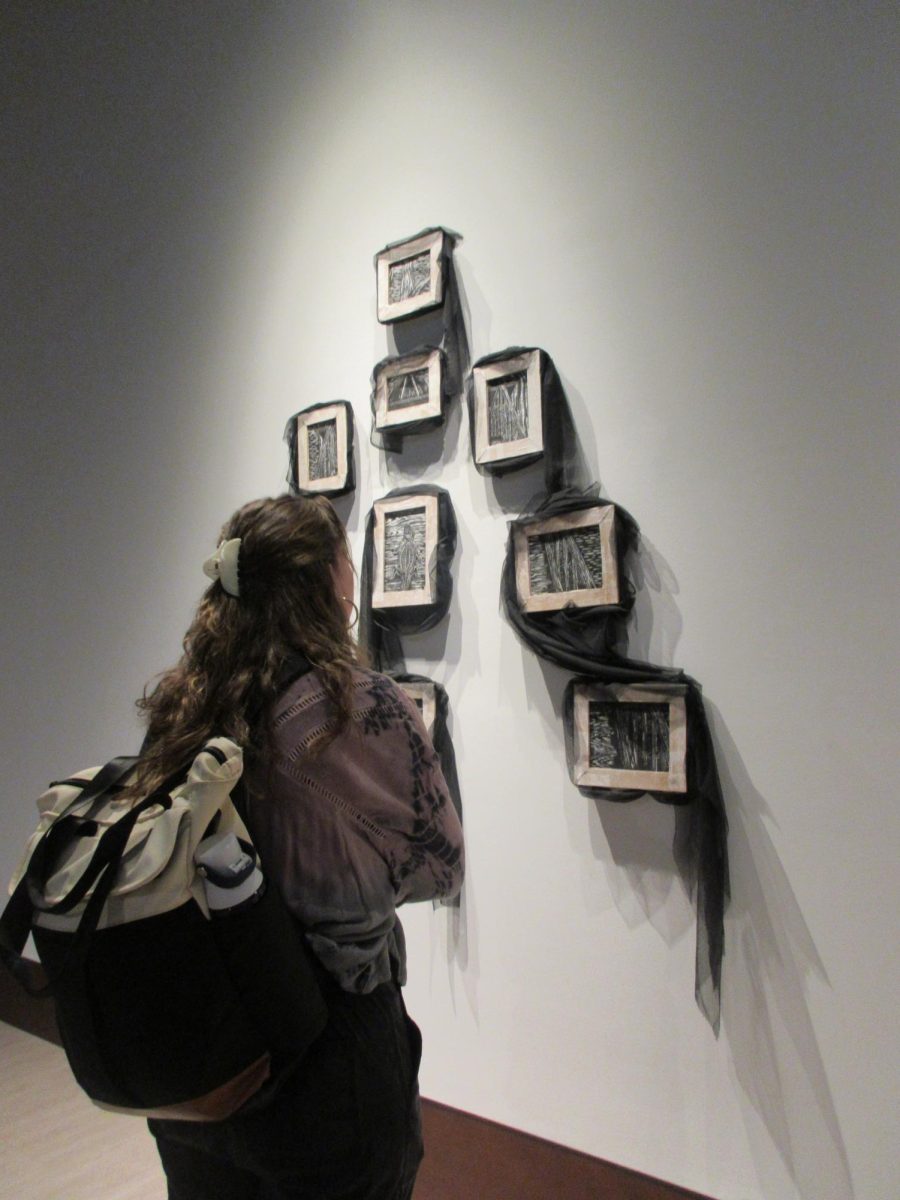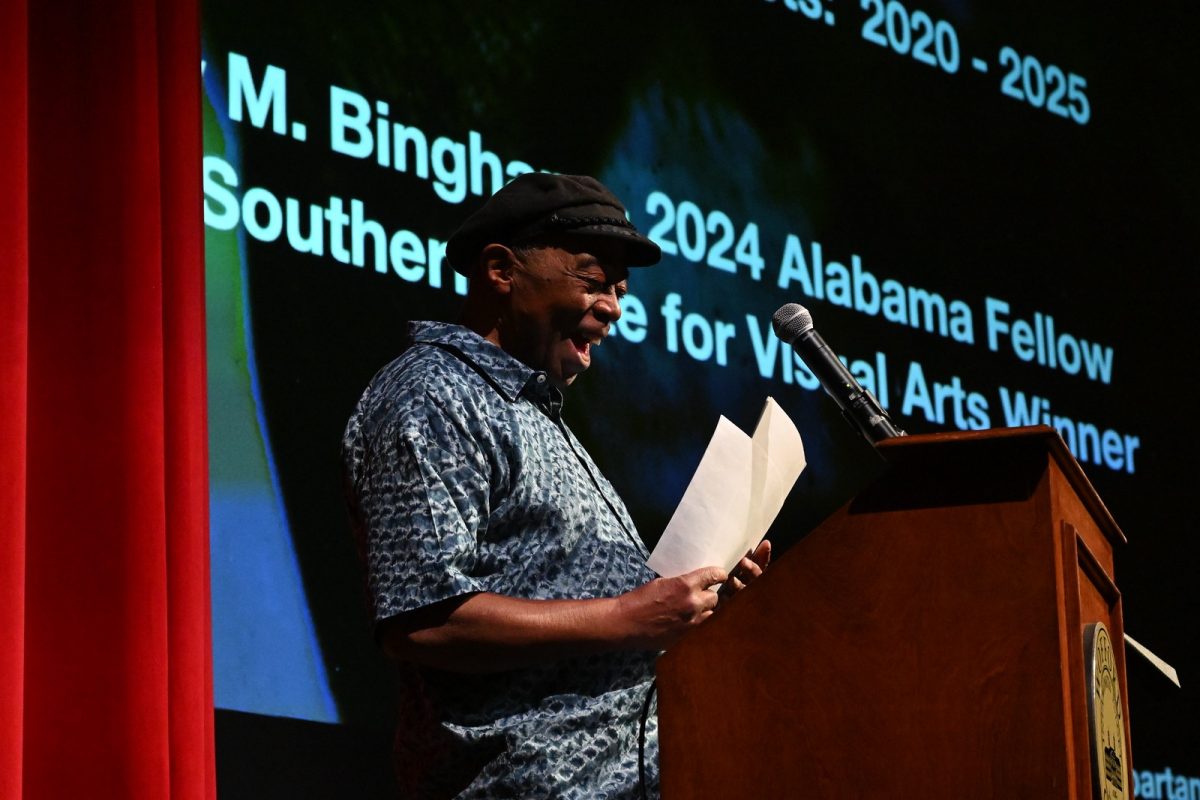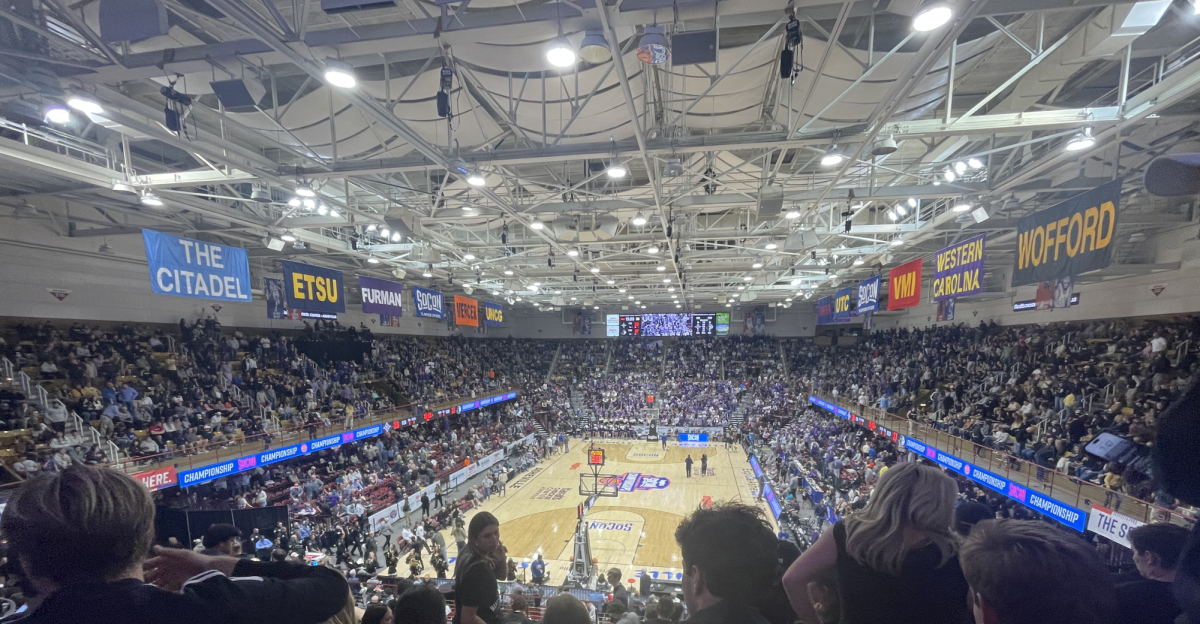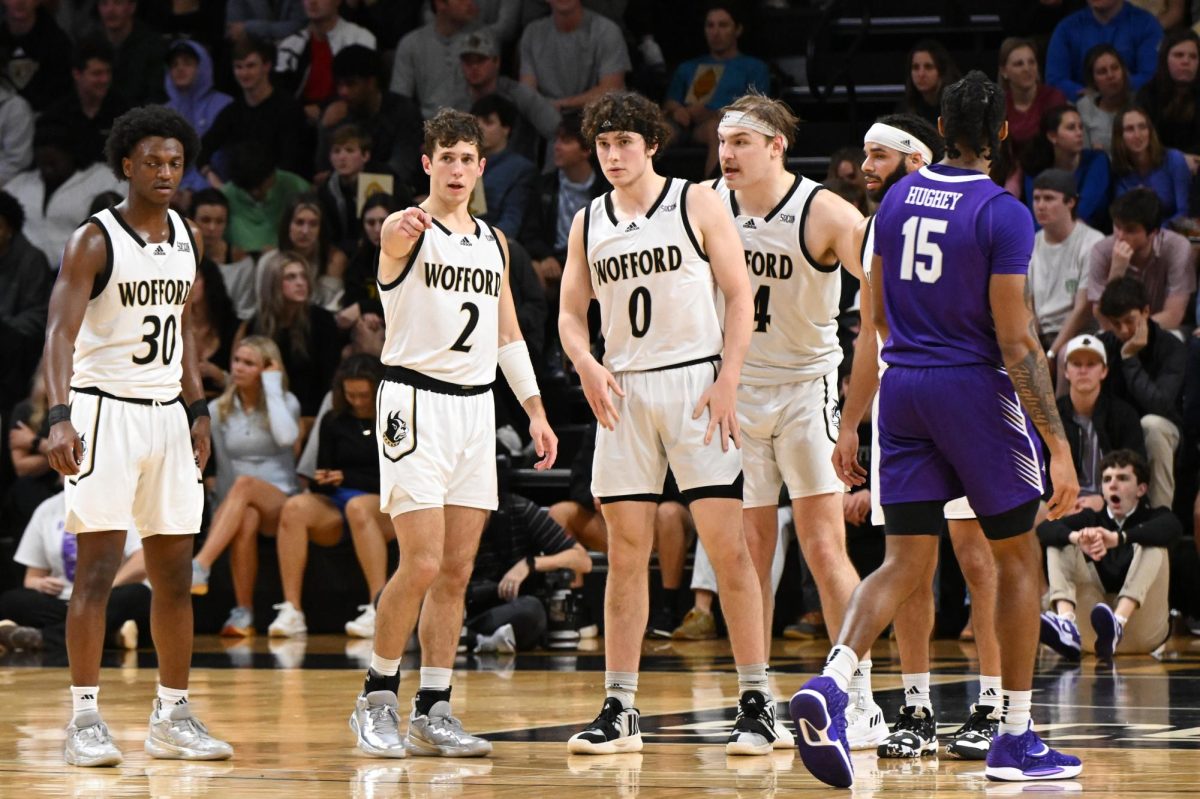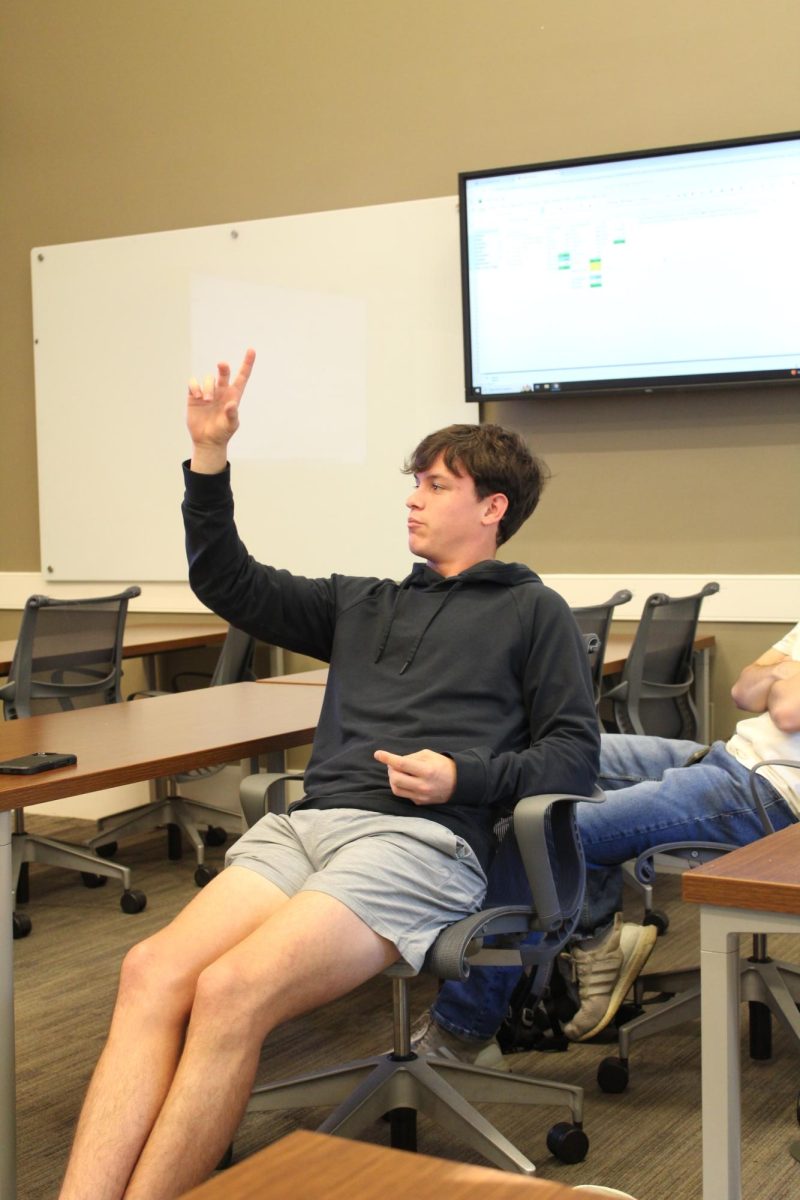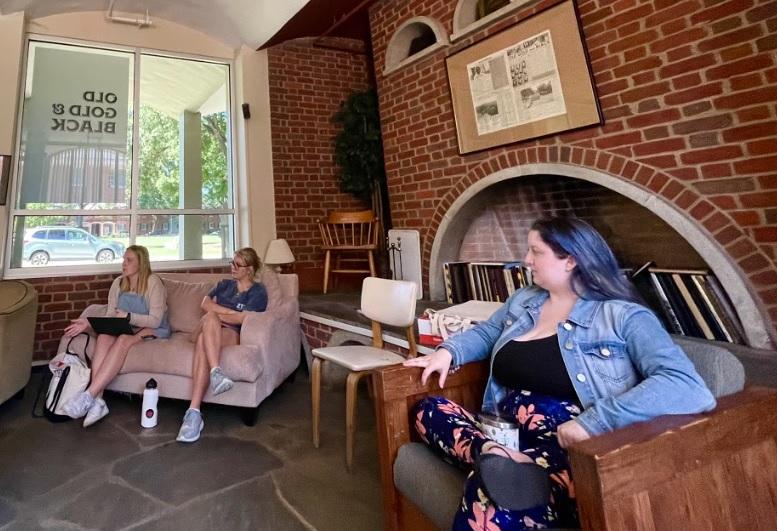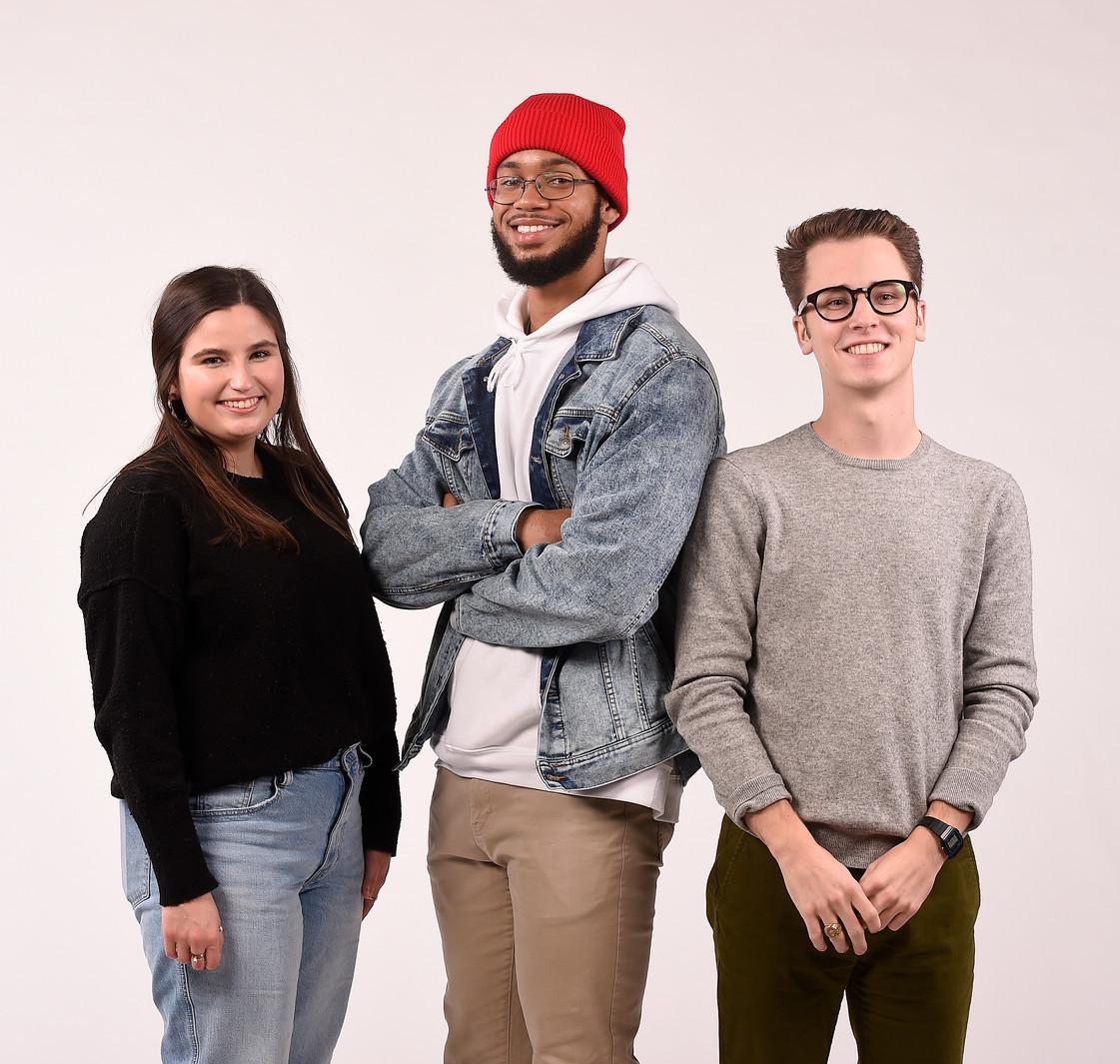Student activism sparks a movement
It has been nearly two months since the murder of George Floyd by police officers in Minneapolis, Minnesota sparked nationwide outrage and protests against racial injustice and police brutality in America. Floyd’s death, along with the murders of Ahmaud Arbery and Breonna Taylor that occurred in the two months prior, launched weeks-long protests in all fifty states, as well as sixty other countries on every continent except Antarctica. These events prompted larger conversations about racial inequity in the United States permeate nearly every facet of society; from individual households to national corporations and government institutions, the conversation surrounding what it means to be Black in America was being discussed at every level with renewed energy. These discussions inevitably led to calls for change on both the individual and systemic levels. Wofford College was soon swept into the movement as well and, invigorated by student and alumni action and the power of social media, has recently unveiled plans for a new Vision of Wofford for the World.
On June 1, one week into national protests, President Samhat released his initial response to the Wofford community. This statement was met with considerable backlash, with some decrying it as stanceless and weak. The newly formed Wofford Anti-Racism Coalition described it as “an ambiguously indirect message … that left Black, Indigenous and People of Color (BIPOC) and our allies feeling unheard, unimportant, misrepresented, and angry because the message failed to call out or directly address centuries of police brutality, white supremacy, or systemic oppression and the ways those mechanisms operate on Wofford’s campus.” This anger was only intensified when it became known that a second email was sent to Black student leaders on campus that delivered “much stronger and more direct verbiage surrounding positive social change in our campus community.” President Samhat listened to the mounting student concern over the college’s response to the Black Lives Matter movement and protests against police brutality. Exactly one week later, President Samhat followed up with a second, more outspoken statement, this time acknowledging Wofford’s documented history of racism as well as the need for change on campus.
To some, these statements were insufficient in addressing racism on Wofford’s campus, and thus the Wofford Anti-Racism Coalition was born. Consisting of current students Destiny Shippy ‘22, Jurnee Jones ‘21, Bryson Coleman ‘21, Margaret Roach ‘21, and Naya Taylor ‘21, and alumni Omar Elmore ‘20 and Bali Channa ‘20, the Coalition created a list of eighteen grievances and thirty-four demands. This list (found at Wofford Anti-Racism Coalition) included demands such as mandatory anti-racism training, renaming certain buildings on campus
The Coalition also listed as a grievance, “We feel that there is a lack of understanding about the significance of having the Divine Nine organizations on Wofford’s campus and why the presence of all of the Divine Nine organizations on campus would be essential to creating a more positive and welcoming space for Black and Brown students.” When asked about this specific grievance, the Anti-Racism Coalition shared with the Old Gold & Black that “African-American founded sororities and fraternities were created as a support system for Black students in higher education. In most cases in and out of college, Black men and women have the odds stacked against them, so having an eternal support system and family makes the experience worthwhile.” This grievance about the Divine Nine, along with the rest of the grievances and demands, was presented to the President on June 24.
The Coalition was at first displeased with President Samhat’s response to their list, claiming, “We were underwhelmed with the outcome of our meeting with President Samhat because he was unwilling to strongly commit to any of our reasonable list of demands, not even the renaming of residential buildings on campus bearing the names of slave owners,” noting that other schools such as Furman, USC and Clemson have all begun the process of renaming buildings. The Coalition did, however, appreciate the inclusion of several of their demands in the plan for immediate action that President Samhat shared with the Wofford Community on July 9.
The most recent statement from President Samhat had ties to not only the Wofford Anti-Racism Coalition, but also an anonymous Instagram page. Social media has been increasingly acknowledged as a powerful tool for raising awareness of and challenging social injustice. Student(s) at Wofford seized the power of social media as a form of activism by creating the Instagram page @blackatwofford on June 29. The founder(s) of the page told the Old Gold & Black “Black at Wofford is one account of a larger movement that calls for the equity of all people and makes a call for Wofford to acknowledge and grow from its harmful past.”
The page serves a dichotomous purpose: one, providing Black students and students of color with a virtual community where they can share their Wofford experiences, from their greatest triumphs to their deepest traumas. And two, creating a platform for non-black students to truly reflect on their contributions—both conscious and unconscious—to a racist environment at the College. This latter feature addresses the question of a white person’s place in a movement for Black liberation and has provided an entryway to anti-racism activism for individuals unsure of where to begin. These dual purposes are achieved through testimonials of current students, alumni, and employees of the College.
Two alumni who chose to forgo the option of anonymity in their posts are Savannah Robinson ‘16 and Princess-Ann George-Ezuma ‘18. Both Savannah and Princess shared with the Old Gold & Black what the existence of the @blackatwofford page means to them. Savannah, after recounting how difficult the black experience was on a PWI, shared “I’m so happy now, however, that the voices of alumni and current students can be heard by those who have chosen to ignore these issues in the past and even now sadly.” Princess also noted the challenging nature of Wofford’s campus for BIPOC, expressing her gratitude that the page now exists for people to share their experiences. She recounted “I never spoke out because most of my friends wouldn’t get it… instead of trying to understand they would rather criticize it, which is what I’m seeing from some people. This page somehow poses a threat to them meanwhile our skin is seen as a threat. This page gives me hope that these shared stories might trigger something in people. They might actually think before they speak and finally see color.”
I spoke with President Samhat and Dean Bigger about the @blackatwofford page and about the content featured in the over 200 testimonials that have been posted. A few professors have been mentioned by name in certain testimonials alleging racist incidents. I asked President Samhat if the College was investigating these incidents; he responded:
“First, I would like to acknowledge the importance of listening and taking steps to understand the experiences of our students of color. Sharing those stories takes courage. Many colleges and universities across the country, including ours, must accept that members of our campus communities have experiences that do not reflect the inclusive culture that we want. We are committed to becoming more intentional in our diversity, equity and inclusion efforts. The stories that were recently shared by students and alumni will give us an opportunity to identify aspects of campus life that should be examined more closely.”
To Dean Bigger I noted the recurring testimonials that mentioned the use of the N word from non-black students. I asked, when a student reports the use of a racial slur, what is the investigatory process and, if found guilty, what are the consequences? Dean Bigger shared:
“The Student Handbook outlines several options for reporting discrimination or harassment. There’s a bias incident report form online, but students may also report over the telephone or in person with the Office of Diversity and Inclusion in the Campus Life Building. We take all reports seriously. Among the immediate improvements pledged by the college is a review of the Student Handbook and disciplinary processes to remove biased policies and practices.”
President Samhat and Dean Bigger both credit student activism—through the Anti-Racism Coalition and the experiences shared on the @blackatwofford page—as having a strong influence on the latest statement from the President. Several of the demands prepared by the Coalition were listed in the fourteen-bullet plan of action, including increasing the number of Divine Nine organizations and relocating the Back of the College memorial. President Samhat also unveiled a plan for a new strategic vision for the College entitled ‘Envisioning Wofford for the World,’ to be created by a thirteen-person steering committee. Samhat has promised a draft version of this vision to be shared with the Wofford community by February. This third email from President Samhat again failed to utter the three words which define the modern fight for racial equity: Black Lives Matter. In a private correspondence, Samhat told the old Gold & Black, “Black Lives Matter. Wofford’s Black students, alumni, faculty and staff are valued members of our community,” although his omission of these words over the past two months- and the past seven years- has not gone unnoticed.
Moving forward into the fall semester, no one knows what the college will look like. One thing is certain: the processes for change are underway. The Wofford Anti-Racism Coalition will become a permanent fixture of the College, ODI has received and accepted twenty-three departmental and organizational requests to “assist them in knowing, doing and being better for their students, their colleagues and the larger Wofford community” (Instagram), and the President has vowed tangible change to the campus and the community to name a few. While the Coalition and the leaders of the @blackatwofford page each express their doubts that real change will come to fruition from Wofford leadership, the energy and activism of Wofford’s student body has given reason for hope.
To quote the eponymous Hamilton from the hit Broadway show, ‘this is not a moment, it’s the movement,’ and it is a movement Wofford College has committed to. Whether or not this new strategic vision will truly create a diverse, equitable College that makes all students feel seen, heard and cared for is still unknown, but the Old Gold & Black promises to be here through it all.

